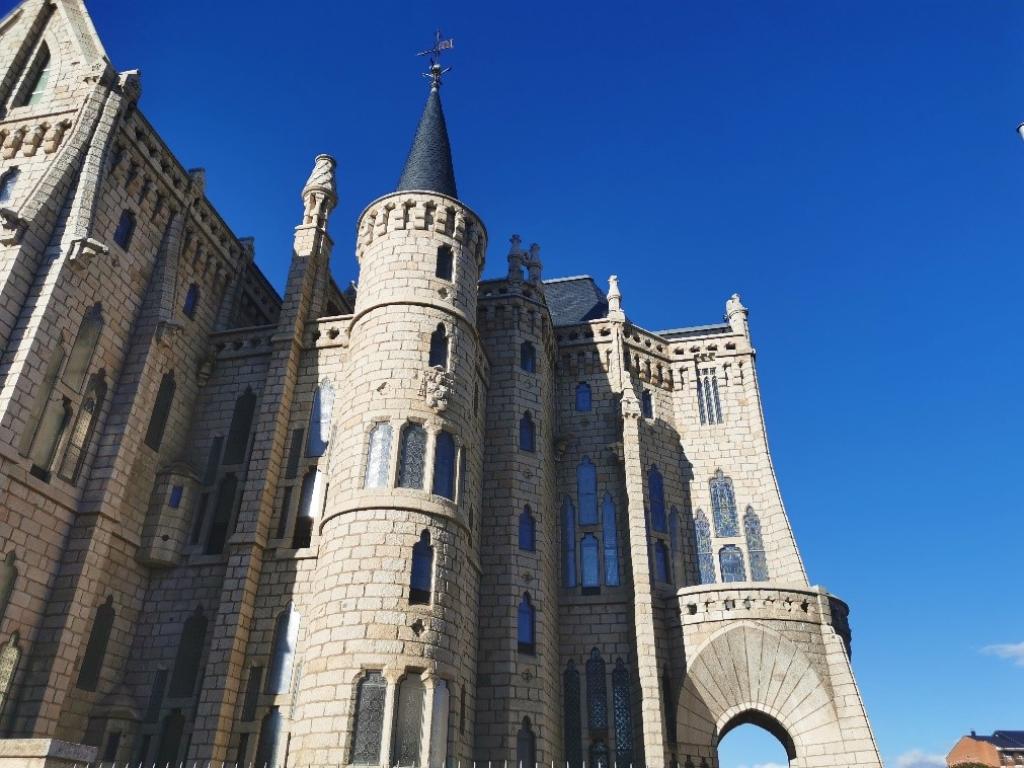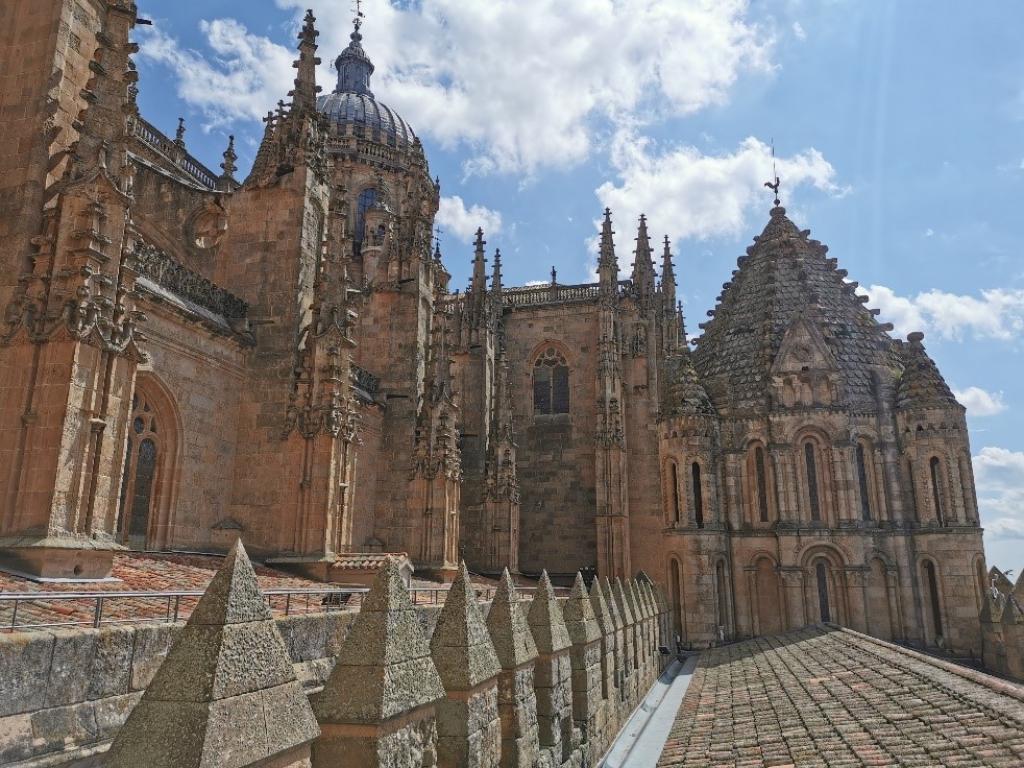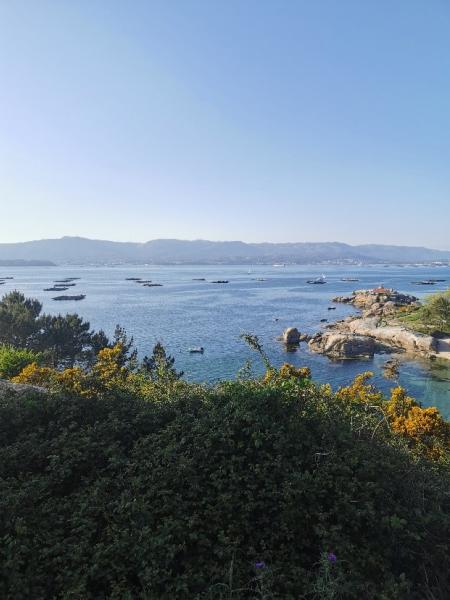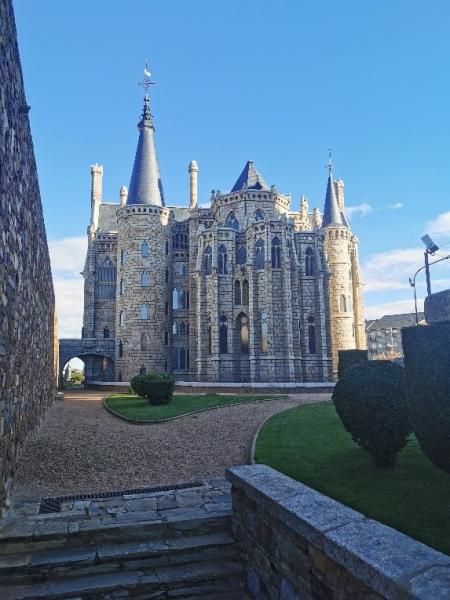
Over the course of this second bizarre year at the hands of the novel coronavirus, as we look hopefully towards a return to the world as we once knew it, I have managed to have an interesting Year Abroad, to say the least.
My first two months were spent in Paris, at Paris Sorbonne-IV. I managed two weeks before a tightening of restrictions saw all bars and social activity cancelled. Students at the Sorbonne were not, on the whole, there to make friends, at least in the later years of their degree. Museums were, however, open. It is fair to say that I did not get the most out of Paris, but I have since rectified this lack of immersion in French culture. More on this later. When the French reconfinement was announced at the end of October, I went home to the UK because lockdown by myself was rather unappealing. At this point I had no idea what I would be doing for the rest of the year, so I focused my attention on the certainties, i.e., my finals eighteen months ahead, and the need for contentment.
I therefore ended up in Oxford for six weeks, and started meditating seriously, as I knew I was otherwise going to lose sleep over how my life was (mis)aligning with my expectations if I did not train my mind. In St Catherine’s I cooked most nights for my friends in the staircase, especially those who were struggling with their Mathematics degrees. Living by myself in an exorbitantly expensive city such as Paris allowed me to hone my cooking skills, which I am planning on training more seriously after my undergraduate degree. I also decided that I would explore Latin American film, catch up on literary theory and read some linguistics. I was entrusted with screening the Argentine Mariano Llinás’ fifteen-hour film La flor over three days. I also picked up my trombone after a four-year hiatus and found that with serious focus I was able to regain a satisfying level. I then exchanged a couple of emails and somehow managed to sort a study exchange in Salamanca.

After an over-indulgent Christmas spent without the extended family, a couple of months later I found myself doing a somewhat off-the-books journey into Spain, through France, showing my Sorbonne student card at the Eurostar passport check. Covid and Brexit could be described as a dynamic duo (not a reference to the 1960s Spanish pop group). I was lucky to make it into Spain a week later, after five days in France. I stayed a week in Girona, where I was immersed in Catalan, having studied the language for three or four months prior to my departure. Calçots and pa amb tomaquet really are eaten as often as is rumoured. I then went to stay in Barcelona with more locals (whom I happened to meet in the lockdown in Oxford in November), followed by a week in Alcoy with a Moroccan friend, and a week in Valencia with friends of my parents. I reached my ‘final’ destination on 16th February, having bided my time in Spain before I was allowed into my flat in Salamanca.
Despite the post-battle French rampage through the city, which is said to have destroyed 27 public buildings and 1000 houses, Salamanca is architecturally magical. The Plaza Mayor is probably the most impressive I have seen in all of Spain and is often described as the culmination of the plaza castellana. Elsewhere, the white storks’ (typical of Castilla y León) rattling their beaks together is a real spectacle, especially as they are scattered around the Plaza de Anaya, where the beautiful Cathedral and the Facultad de Filología are. I was lucky enough to attend all classes in person, despite the pandemic.

Without falling into cliché, I take the opportunity to share a quotation from Cervantes’ La tía fingida:
"Advierte, hija mía, que estás en Salamanca, que es llamada en todo el mundo madre de las ciencias, archivo de las habilidades, tesorera de los buenos ingenios y que de ordinario cursan en ella y habitan diez ó doce mil estudiantes, gente moza, antojadiza, arrojada, libre, aficionada, gastadora, discreta, diabólica y de humor".[1]
This quotation seems particularly apt to me in that it is a testament to the historical tradition of the university, but also to the Erasmus experience, which has allowed me to meet not only plenty of Spaniards and Italians, but to become equally integrated in the overwhelmingly large group of French people. This, I feel, has supplemented my previous lack of immersion in Paris: I have lived in a flat with three Sicilians, one Bordelaise and a friend from Oxford. The hedonism and general ethos are accurately described by ‘antojadiza’ and ‘diabólica’. Somewhat different to Oxford. Both universities have their merits, nonetheless.
From Salamanca I managed to travel to León, Ávila, Segovia and Astorga. All of these places have rich gastronomical traditions of which I was unaware. Segovia was a regrettably brief visit, but the Alcázar and the Roman aqueduct were astounding. León and Astorga are home to the two Gaudí buildings in Castilla y León, which are rather impressive, especially the Episcopal Palace in Astorga.

Further travel took me to Galicia during Semana santa to stay with a friend, whose mother is an excellent cook. The portions were, as I had been warned, exageradas. The shift from the arid Castilla y León to the fertility and humidity of Galicia reminded me of going from London to South Wales, where my grandma lives rurally. From Vilagarcía de Arousa, I was able to do some wine tourism but also see many sites used for the filming of Fariña, based on Nacho Carretero’s polemical investigative work on the cocaine traffickers from the 1980s which created Galicia’s generación perdida.
[1] Beware, my girl, for you are in Salamanca, known throughout the world as mother of the sciences, archive of skills, treasurer of ingenuities, and habitually a dozen thousand students read there; youthful, whimsical, daring, free, enthusiastic, prodigal, discreet, diabolical, and good-humoured people. Translation my own.